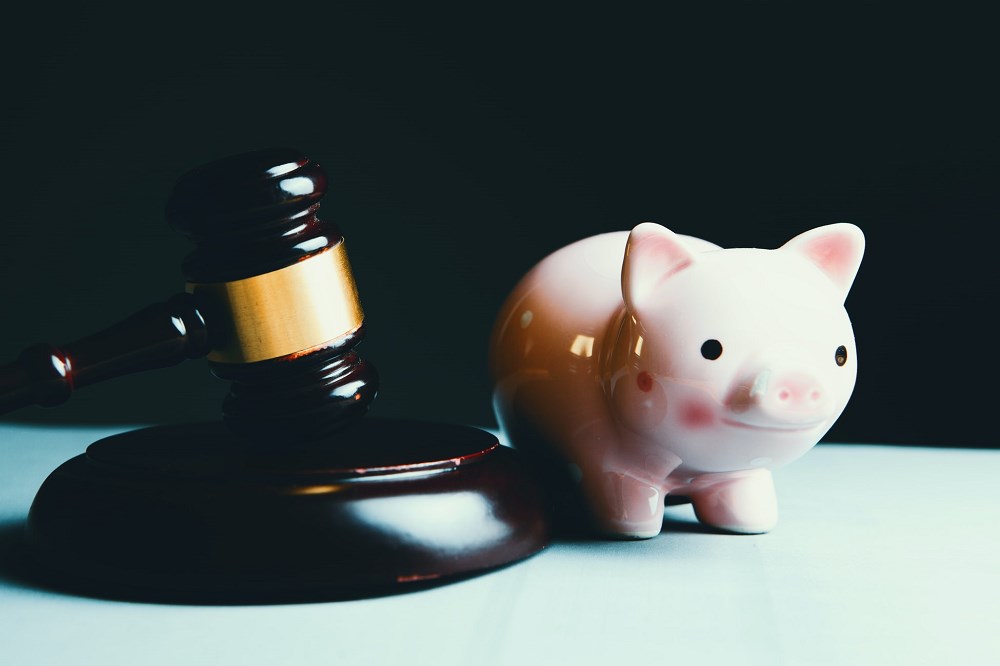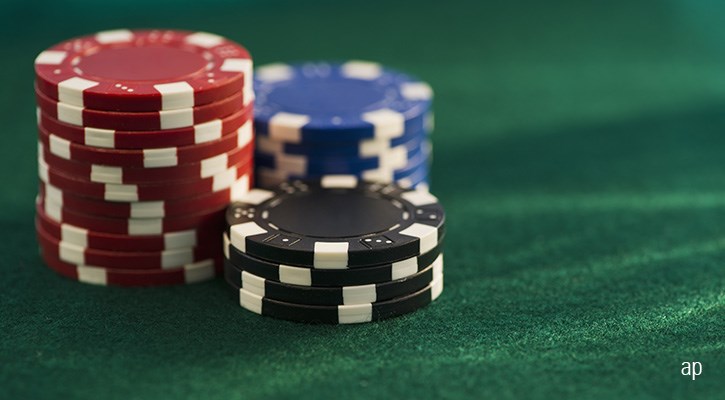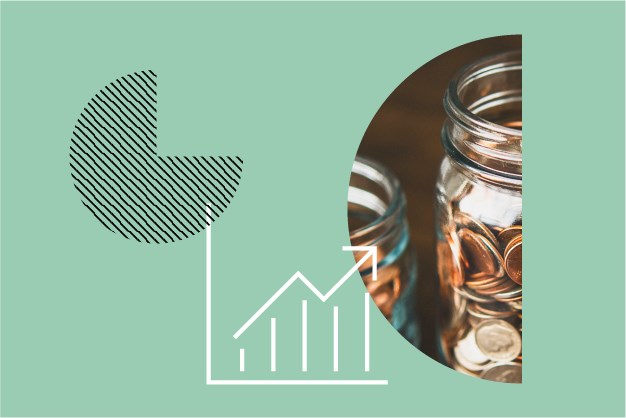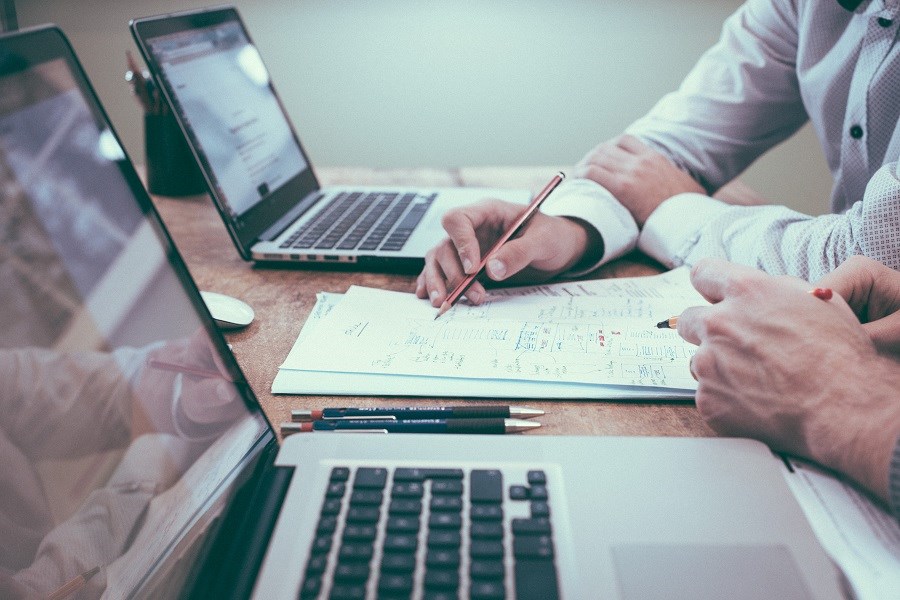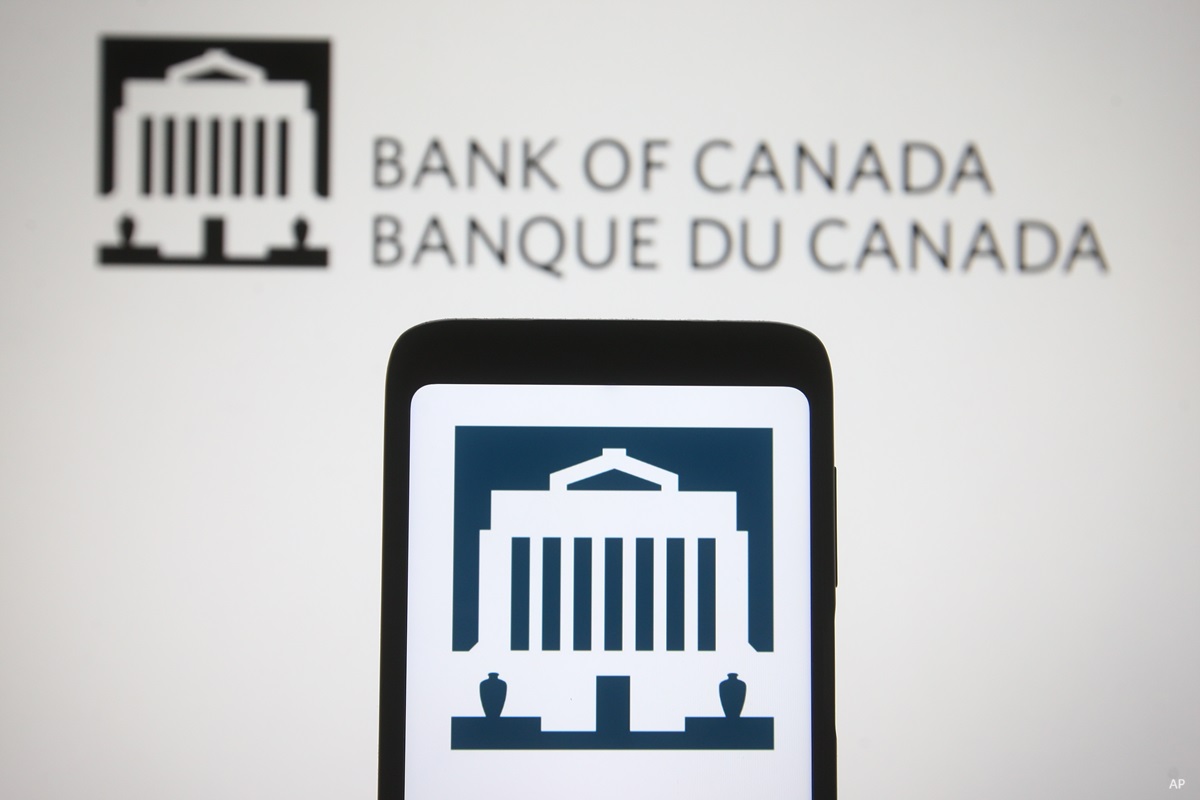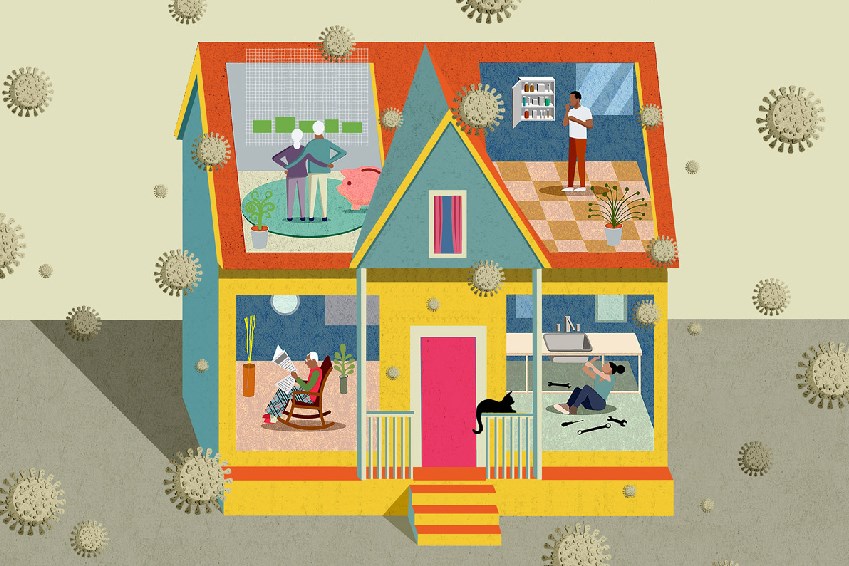
Consumers worldwide and in Canada are sitting on unprecedented hoards of cash accumulated during the pandemic. According to a CIBC report published in November 2020, Canadian households and businesses were sitting on $170 billion of excess cash, $90 billion of that in consumer accounts, representing 4% of consumer spending.
This is in line with what’s happening elsewhere. Bloomberg Economics reports that globally, consumers saved close to US$3 trillion by the end of February 2021.
So Much Cash – For What?
The Bloomberg report states what many are thinking that these savings will be used to help economies rebound once things open up. This notion is relevant for investors since a lot of what propels stock markets presently is predicated on the idea that consumers will be happy to spend.
But will they?
“It’s difficult to predict, because we’ve never seen anything like this before,” says David Lewis, president of BEWorks Research Institute that specializes in behavioral economics. As the CIBC study points out, the economy is down but, against all expectations, cash reserves are at historical highs and incomes actually improved in many cases.
People are Not Rational – We Have Biases
After hunkering down for a year, one could expect that consumers will be wary, and could continue to save. That’s what classical economics would claim, Lewis points out, which supports the view of economic actors as rational decision-makers who weigh all available information in rigorous cost-benefit analyses.
Behaviourally? Not so much. Most people are subject to “psychological biases” that can lead them to spend money in ways that a purely rational, accounting-driven model wouldn’t predict. There are several, but four are relevant here:
1. Social Cues: Once the pandemic crisis subsides, “people will be exposed to the same cues as before where they will socialize and settle back in the same social networks as before,” and that will prompt them to pick up spending patterns where they had been interrupted, explains Samantha Lamas, Behavioral researcher at Morningstar. That’s not good for savings, but it’s good for the economy, she admits.
2. Scarcity Mindset: Lewis sees another bias at play here, that he compares to ‘A bird in hand is worth two in bush.’ He calls it the ‘scarcity mindset’. “When people live in scarcity, they become more present focused and think about today, not tomorrow. If they have some surplus, that ‘present’ bias might make them spend it.”
3. Mental Accounting: Lamas identifies the third as “mental accounting”. “We put our money in separate ‘buckets’ or ‘silos’” she says. One is ‘current account’, another ‘chequing’ and still others are ‘investment’ or ‘retirement’. Current accounts, as well as credit cards, have a distinguishing feature: “The reference tends to be zero, says Lewis; anything above is set for spending. In credit cards, the reference is not zero, but the credit limit.”
4. Licensing effect: This bias leads us to make allowances in our minds, like ‘I’ve worked out, so now I deserve McDonalds’ or ‘I’ve been so good and virtuous for a year, now I need to treat myself,’” Lewis illustrates. Samantha Lamas saw this bias at work when Americans received stimulus cheques. “Most people saved the first cheque, but when the second arrived, spending increased.”
Will We Spend?
Whether the cash lying in people’s accounts will be spent depends in large part on which ‘mental accounts’ the money has been stashed. If they’re earmarked as “current” and “credit card”, that money will come flooding back into the economy. If earmarked as “savings” or “investment”, it might only trickle back, Lamas explains.
Given these biases, the money saved will most probably jump out of current accounts into retail cash registers, believe both behavioral economists. Lamas believes spending will not be excessive but will rather go back to normal.
There are promising signs. McKinsey’s most recent US Consumer Sentiment Research indicates that “More that 50% of U.S. consumers expect to make up for lost time and spend more or ‘splurge’, with higher-income millennials intending to spend the most,” says Tamara Charm, Senior Expert, Agile Insights, at McKinsey.
One should remember a key teaching of behavioral economics claiming that sentiment and intent are not good predictors of future action, Lewis highlights. Nevertheless, if there is any truth in behavioral economics, then “biases add up to believe that people will have a party,” he says.





